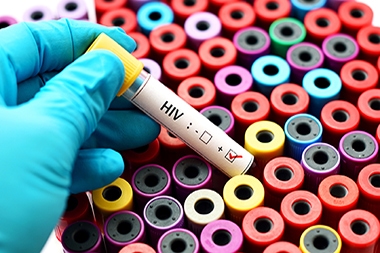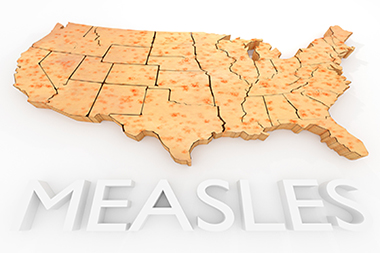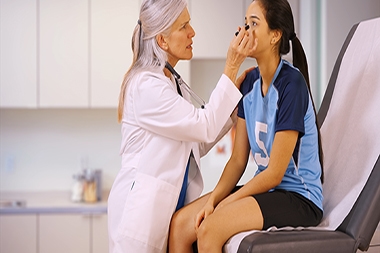Urgent message: Millennials constantly get a bad rap for “ruining” tried-and-tested ways of doing business. While it’s true that widespread consumer interest and demand have radically altered the way products and services must be offered, that isn’t necessarily a bad thing. For urgent care owner/operators, Millennials can actually be a huge component of a center’s success. Alan A. Ayers, MBA, MAcc is Chief Executive Officer of Velocity Urgent Care and is Practice Management Editor of …
Read More









